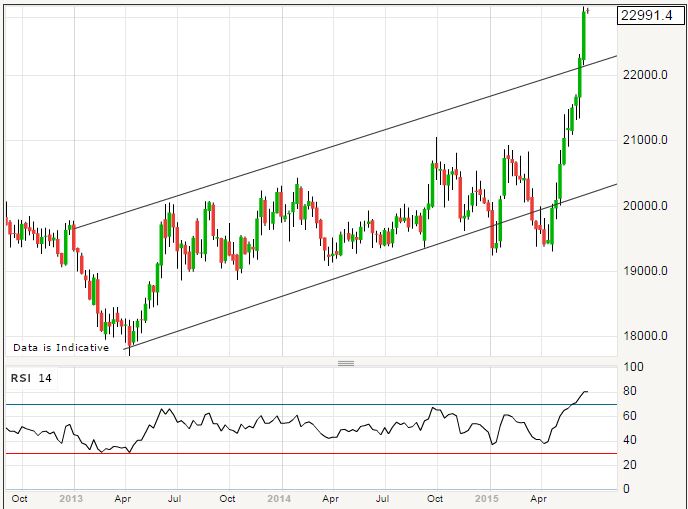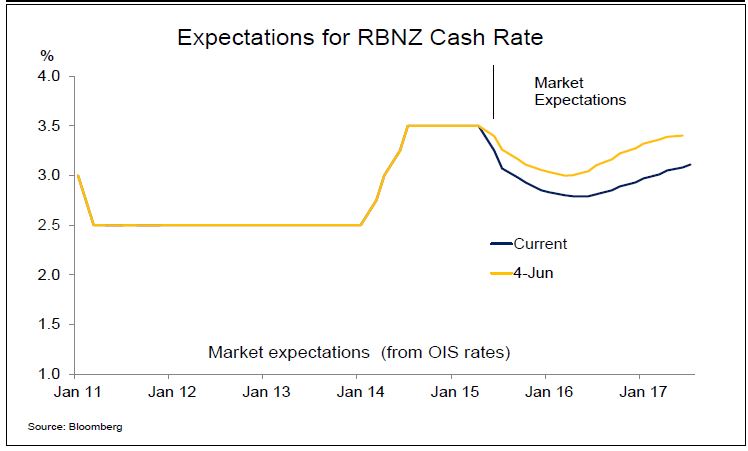Pound v New Zealand Dollar Rally Starting to Look Tired
The British pound could be due a period of decline against the New Zealand dollar after delivering one of its most impressive rallies seen in recent times.
However, the longer-term picture has us favouring sterling based on movements in interest rates in the UK and New Zealand.
The pound sterling remains firmly positioned against the New Zealand dollar as we move into the final part of June as NZD continues to price in the effects of the shock interest rate cut from the Reserve Bank of New Zealand (RBNZ).
The British pound punished the Kiwi taking the GBP-NZD well into inter-year highs – at the time of writing we see a wholesale market quote at 2.3018, the exchange rate was last seen at these levels in 2009..
High street banks are seen quoting in the region of 2.2332 for international payments wile independent specialists are quoting closer to the market at 2.2699.
Time for GBP-NZD to Cool Down?
Be under no doubt – these are fantastic levels for those using the GBP to buy kiwi dollars – the pace of the climb has been impressive, but we can now see that the time for a correction is due as the move looks over-extended.
The Relative Strength Index is reading at 80 on the weekly chart, the RSI helps those watching financial charts determine whether a move has over-extended in a given direction. A reading above 70 being deemed as overbought:
The RSI is indicated by the lower graph, as we can see it spends most of its time between 40 and 60 with moves outside this range being brief in nature. Consolidation would allow allow for the RSI to fall back to normal readings but it is important to note that there is no saying just how long it will remain at extended levels.
We would suggest those with currency requirements ensure they have the correct buy orders in place with their currency provider – place a stop-loss at lower levels should the rate correct and a buy order slightly higher than current levels to take advantage should any GBP strength return.
NZ Interest Rates Could Fall Lower – Ensuring a Weaker Exchange Rate
The longer-term picture suggests further gains could still be delivered by GBPNZD when the fundamental picture is considered.
For foreign exchange markets the difference in interest rates between currencies matters – interest rates represent the return investments held in that currency will yield investors. Global investors send money around the globe seeking out higher returns and in doing so drive exchange rates.
The general rule is that the higher the expected interest rate the higher the currency.
New Zealand proved impressively resilient to the global financial crisis that took hold in 2008 and the economy has been able to support higher interest rates as a result. This saw the NZD rocket to historical highs as global money poured in to take advantage of the yield.
That advantage is now waning.
The RBNZ is not comfortable with the recent economic performance in New Zealand – and they see an expensive NZ exchange rate as being one culprit for such underperformance.
“The fall in export commodity prices that began in mid-2014 is proving more pronounced. The weaker prospects for dairy prices and the recent rises in petrol prices will slow income and demand growth and increase the risk that the return of inflation to the mid-point would be delayed,” the RBNZ told markets following their June rate cut which came as a bit of a surprise.
Specifically targeting the New Zealand dollar the Bank said:
“With the fall in commodity prices and the expected weakening in demand, the exchange rate has declined from its recent peak in April, but remains overvalued. A further significant downward adjustment is justified.”
With the linkage between interest rates and exchange rates being established we can trace the New Zealand dollar lower against the pound sterling, US dollar and others as the New Zealand cash rates falls.
“We continue to believe that having started an easing process the RBNZ will quickly follow with at least one more cut. The market currently prices around a 75% chance of a cut at the July meeting,” says Kimberley Martin at BNZ in Aukland.
The below graph helps visualise how the base cost of borrowing money in New Zealand will likely proceed in coming months:
By contrast, expectations grow for the Bank of England to increase interest rates in 2015 / 2016, particularly following the notably strong employment data released this June.
While the market prices only one 25bps hike by this time next year and that the BoE cash rate will be at just 0.86% by August next year the important point to note is that while Britain is looking to rising rates New Zealand is looking to lower rates.
It is this that should allow the GBP-NZD exchange rate to gradually rise to its longer-term average that resides above 2.0.
But for now we await profit-taking on the rally to set in and the pair to settle down.






